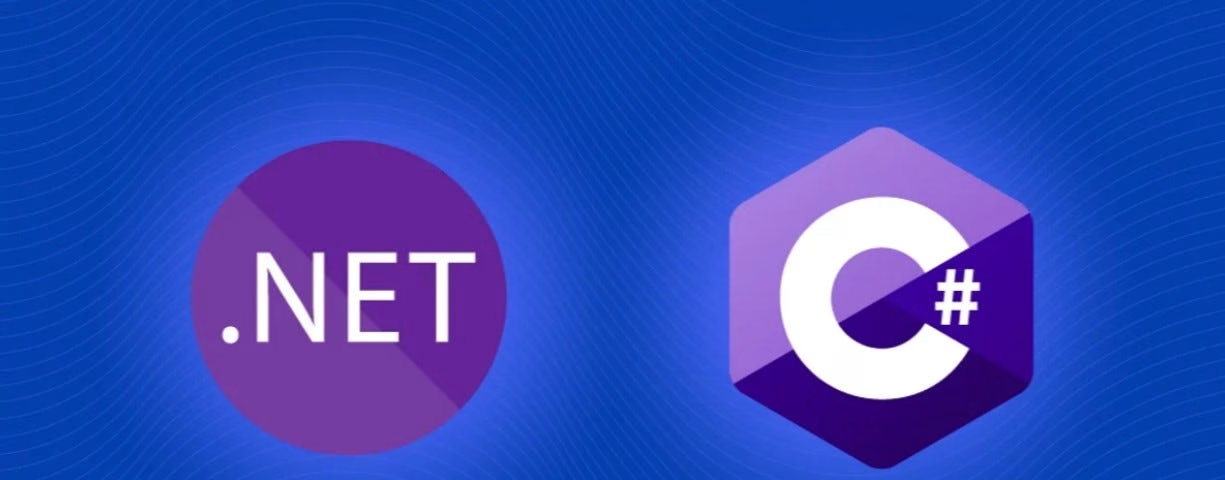Hello, I am Jonathan Wambua, a software developer with experience in Laravel and web development generally. I recently started a journey to learn .NET framework. In this article, I share my insights as I start my journey. Walk with me!
The world of software development is vast and constantly evolving, with new frameworks, languages, and platforms emerging regularly. One of the most versatile and powerful platforms is Microsoft’s .NET. If you’re interested in building web applications, desktop software, mobile apps, or even cloud-based solutions, learning .NET can be a fantastic step. Here’s a guide to help you kickstart your journey in learning .NET.
1. What is .NET?
.NET is a free, open-source developer platform created by Microsoft. It allows developers to build a wide range of applications for different platforms such as Windows, macOS, Linux, iOS, and Android. .NET offers libraries, APIs, and tools that make building apps easier.
The platform comprises various components:
- .NET Core: Cross-platform framework for building modern cloud and web apps.
- .NET Framework: Primarily for Windows applications.
- ASP.NET: A popular framework for building web applications.
- Xamarin: For building mobile applications across iOS, Android, and Windows.
- Blazor: For building interactive web UIs with C# instead of JavaScript.
2. Why Learn .NET?
- Versatility: You can build various types of applications—web, mobile, desktop, games, and IoT.
- Cross-Platform: .NET Core allows you to develop applications for Windows, macOS, and Linux.
- Powerful Language Support: With .NET, you can use multiple programming languages, most notably C#, F#, and Visual Basic.
- High Performance: .NET is known for its performance and scalability, especially when it comes to cloud applications.
- Strong Community: Microsoft actively supports .NET, and there is a large community of developers offering libraries, tools, and support.
3. Prerequisites
Before diving into .NET, it helps to have a good foundation in programming. Here’s what you should be familiar with:
- Basic Programming Concepts: Loops, conditionals, and data structures like arrays and lists.
- Object-Oriented Programming (OOP): Since .NET primarily uses C#, understanding OOP principles like inheritance, encapsulation, and polymorphism is key.
- C#: While .NET supports multiple languages, C# is the most popular and widely used in the ecosystem. Learning C# will set you up for success in .NET development.
4. Setting Up Your Development Environment
To get started with .NET, you’ll need to set up a development environment. Here’s a step-by-step guide:
1. Install Visual Studio
- Visual Studio is the integrated development environment (IDE) provided by Microsoft, ideal for .NET development.
- Download Visual Studio Community Edition (free) from the official Visual Studio website.
- During installation, select the workload for
.NET desktop developmentand.NET web development.
2. Install .NET SDK
- You need the .NET SDK to build and run .NET applications. You can download it from the .NET website.
- Follow the installation instructions specific to your operating system.
3. Set Up a New Project
- Once everything is installed, open Visual Studio.
- Create a new project by selecting File > New > Project.
- Choose the type of application you want to build: console app, web app (ASP.NET Core), or others.

